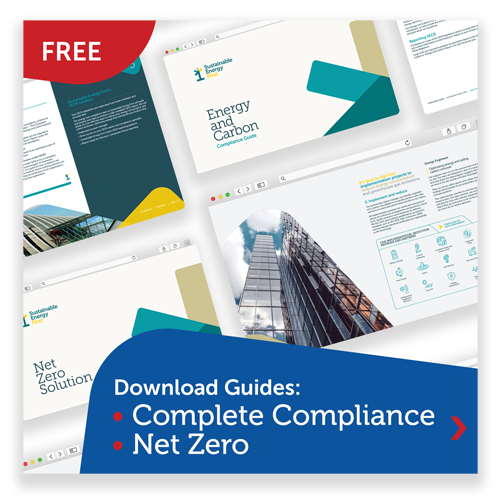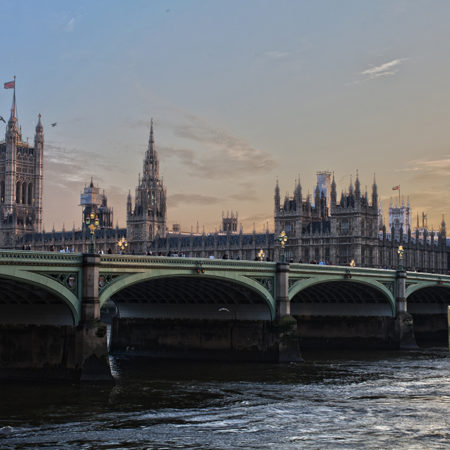The majority of FTSE100 companies have now set a net zero emissions target, and for good reason. These businesses recognise the commercial benefits of taking action: mitigating risk, driving innovation, boosting stakeholder relationships and amplifying their brand.
Net zero has, up until now, been largely a voluntary, rather than regulatory corporate initiative, but with the UK’s 2050 target drawing closer, this is set to change. Project Net Zero explains.
TCFD-aligned reporting is now in force…. and it’s just the start
April 2022 brought in new climate reporting requirements for the UK’s largest firms; part of major government plans to give investors clearer information on the environmental impact of their portfolio.
An estimated 1,300 companies must now report in line with recommendations from the Task Force on Climate-related Financial Disclosures (TCFD), and this is likely to extend to all UK-registered companies in the future.
Firm-level net zero commitments aren’t being made mandatory. But, in line with TCFD guidance, the UK government is clear that it wants firms to publish transition plans that align with the country’s net zero commitment. Plans should include emissions reduction targets, interim milestones and steps the organisations will take to hit those targets.
In the UK, transition plans will be mandated for large firms in high-emitting sectors from 2023, and this will be extended to all large businesses by the end of 2024.
The TCFD has published guidance on best-practice for transition plans, and the UK government is developing a “gold standard” for climate transition plans.
The future – Sustainability Disclosure Requirements
Building on TCFD, the government’s Greening Finance Roadmap, published in October 2021, laid out plans for new, more ambitious Sustainability Disclosure Requirements, or SDR.
Whereas TCFD currently focuses almost exclusively on climate-related risks, SDR will have a broader ESG remit. It will also have a “double materiality” focus: in simple terms, that means it will look at both the impact of climate on a business, and the impact of a business on the climate. Companies will need to align with a new UK Green Taxonomy.
The government is set to consult on a new SDR framework this year, and the new rules could be in place within the next couple of years.
ESOS may be strengthened to include net zero reporting
We may also see net zero compliance brought into another well-established reporting framework: the Energy Savings Opportunity Scheme (ESOS).
In a consultation on strengthening the scheme, which closed in September 2021, the government proposed to add in a requirement for businesses to assess their greenhouse gas emissions and set out a plan for reducing them to net zero.
ESOS currently applies to “large undertakings”, but the scope may widen even further to include medium-sized enterprises in the future.
As momentum builds over the UK’s net zero target it is not surprising that net zero compliance is becoming mandatory in some form for businesses. Coupled with the commercial benefits, it makes sense for companies to invest in a credible decarbonisation strategy that meets the demands of investors, customers and government.























